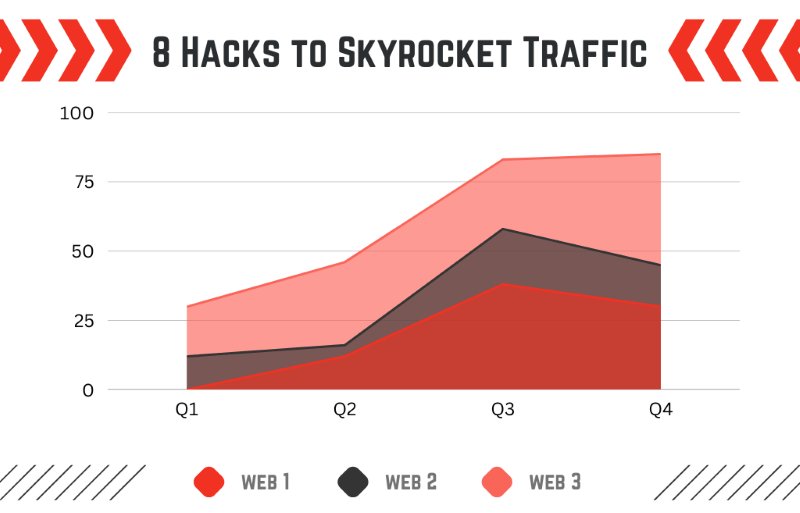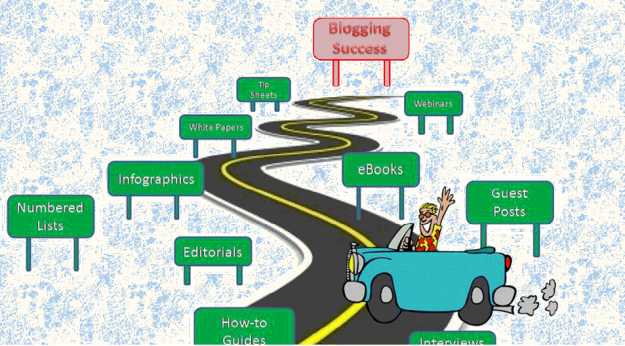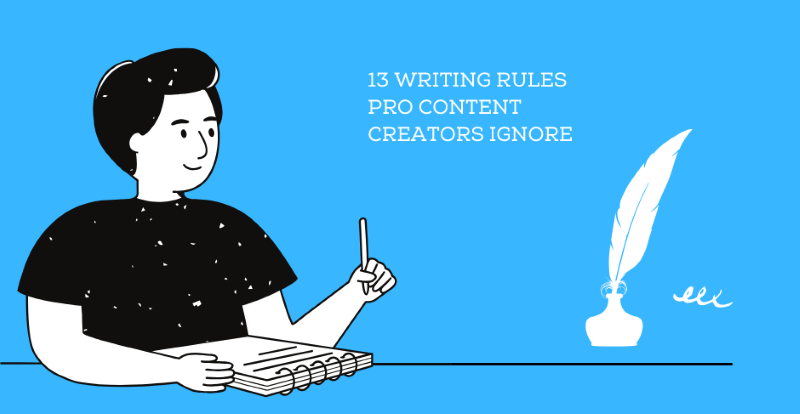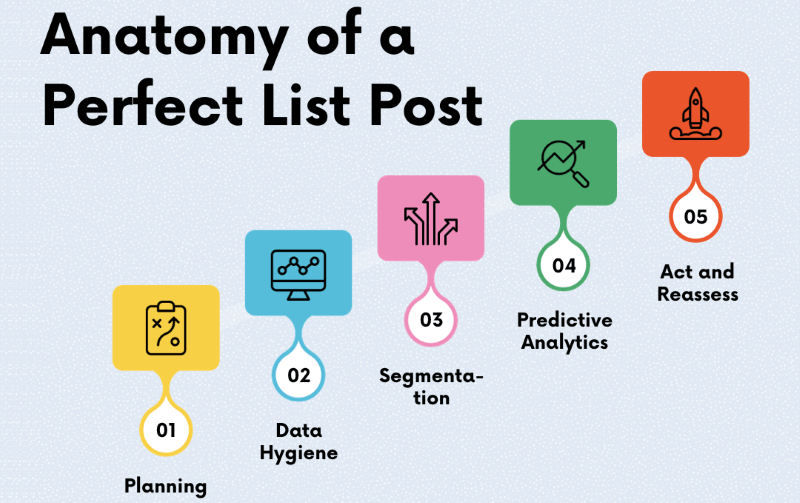
One of the most critical objectives for content marketers is increasing engagement with website visitors. While the term has been around for decades, the concept of engagement has taken center stage in the digital age. In an era where multi-screen usage is nearly at saturation point among connected consumers, the problem of distraction is only going to get worse.








